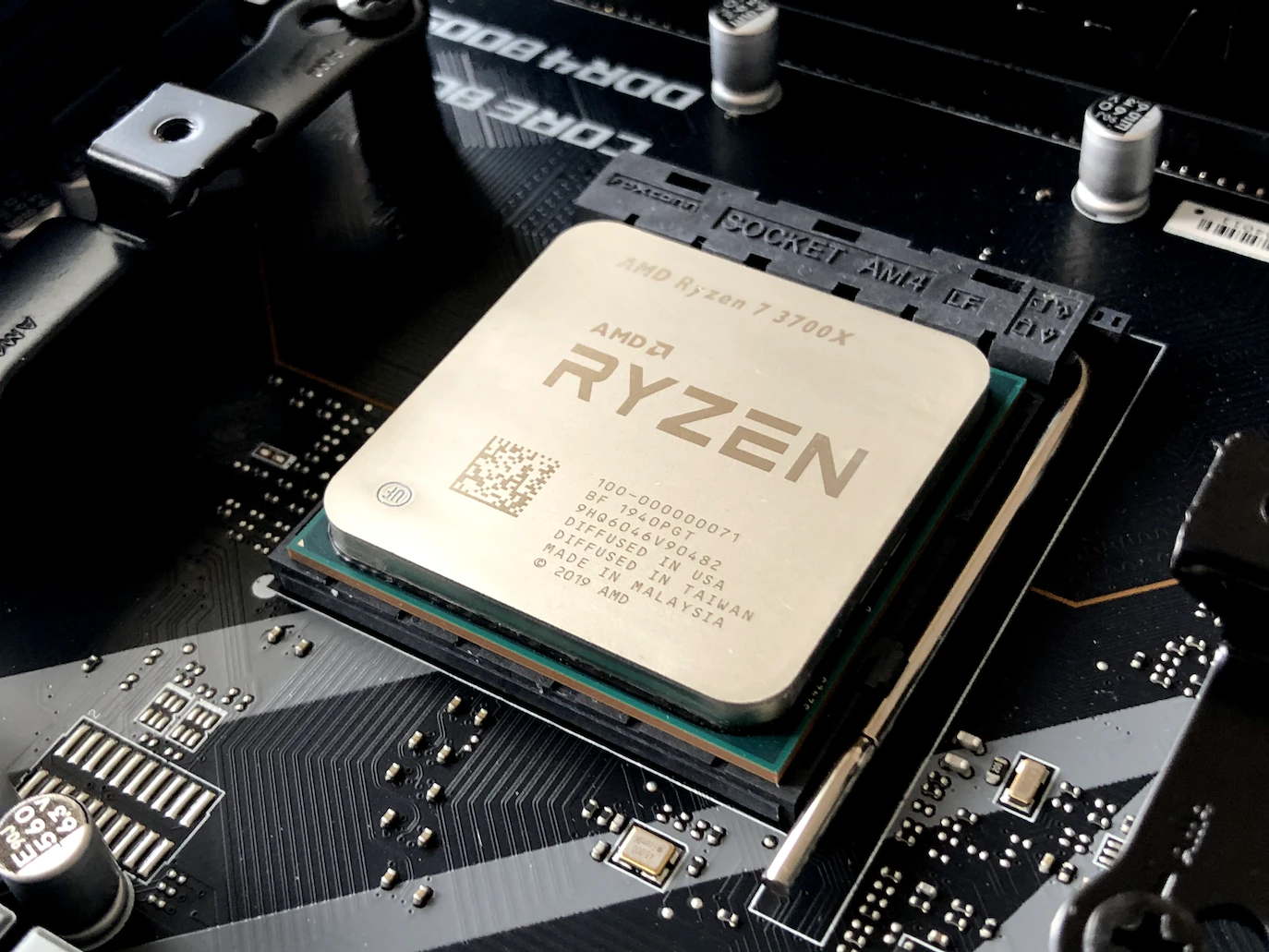
Why Burn-in Testing is Essential for Industrial PCs
Posted on March 15, 2023
Burn-in testing is a common step in the production of electronics, especially those meant for industrial or commercial usage. But what exactly is burn-in testing and what does it achieve? Let’s take a look.
The Heat Factor
Computer chips, like any other electronic device, release generate heat when working. The amount generated depends on the system load and power draw, with highly demanding tasks putting a greater strain on the processor.
For a personal computer, that is not much of a problem. CPU usage rises to a peak occasionally, coasting by at fractional capacity for most tasks. This gives a PC enough time to cool down to safer temperatures again.
An industrial PC, on the other hand, will often function at high CPU loads throughout its operation. There is no time for the heat buildup to dissipate, keeping the temperatures consistently high.
How Do High Temperatures Affect CPU Performance?
Modern processors do not operate at the same clock speed all the time. The clock speed varies based on the requirements of the application – and the temperature.
This dynamic frequency scaling helps reduce the power draw of the processor and extend its lifespan. At the same time, this can prevent the CPU from reaching its full potential in demanding applications.
If CPU temperatures breach the safe point, the processor will throttle itself, reducing the power draw and heat output. This can cause system slowdown due to the reduced clock speed, adversely affecting performance.
But What About Cooling?
The adverse effect of heating is precisely why computers need a dedicated cooling system. But unlike personal computers, industrial PCs usually cannot rely on cooling fans.
Fans are too noisy, power-hungry, and prone to failure. Not to mention becoming a major inlet for dust and other particulate matter, decreasing the effectiveness of the computer in the long run.
Most rugged embedded systems use fanless cooling systems, based on passively radiating away the heat. While effective, these systems might be unable to perform up to expectations over extended periods, making some form of testing essential.
Burn-in Testing: An Extreme Stress Test
Burn-in testing is basically a quality assurance test. The computer is stress tested continuously for hours at a time, often up to 48 hours or even more.
The idea is to simulate a high-workload industrial situation and see if any problems arise. If the system performs within expectations through this period, it will be able to do so in a real-life setting as well.
Such continuous usage generates high temperatures, putting the CPU’s heat resistance as well as the system’s cooling capacity on the test. The computer must be able to function without thermal throttling, maintaining a high level of performance throughout.
Assuring Reliability
Burn-in testing is not unique to embedded computers. Almost all electronics are subjected to burn-in testing at the component stage of production.
At the same time, burn-in testing of an assembled system is equally important. While Intel may guarantee an acceptable level of performance for its chips in optimal conditions, industrial conditions aren’t always optimal.
Putting an assembled board through a rigorous burn-in test ensures that the entire system performs up to expectations and will be able to maintain that level of efficiency in the long run.
Is Burn-in Testing Necessary?
Many Original Equipment Manufacturers (OEM) forego burn-in testing to save time and money. While this certainly makes rolling out new boards quicker and easier, it leads to issues down the line.
Without burn-in testing, it is impossible to determine the performance of the system under average conditions. Any problems with the cooling or power supply will only become apparent upon deployment, at which time it is difficult and expensive to fix.
This is why you should always insist upon burn-in testing of your ordered systems. At Global American, we follow a rigorous set of quality testing procedures, including burn-in testing, to certify that the board will be perfect for your needs.
